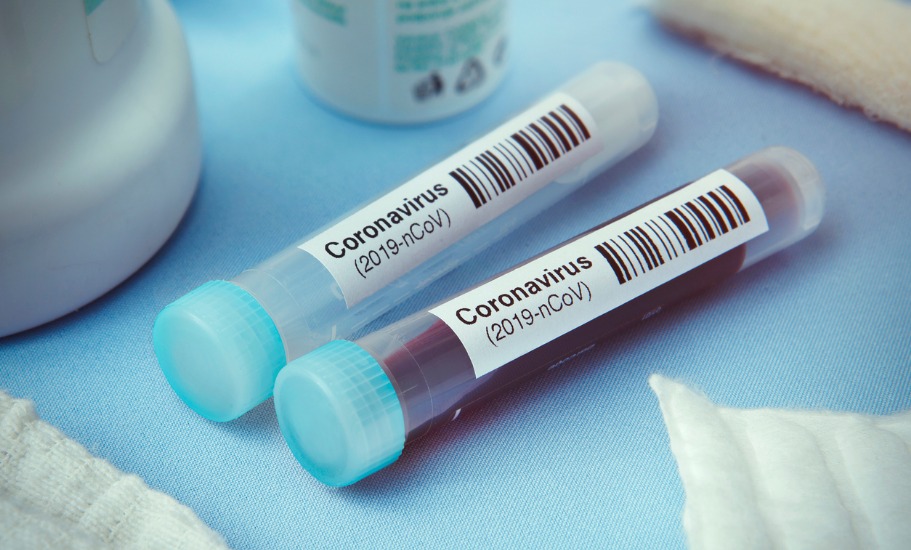
Stick to the basics, say scientists, until we find a cure for coronavirus
At a time when the pandemic of coronavirus is spreading at an alarming pace and no concrete solution is in sight, the world’s epidemiologists, data scientists, and doctors have been doing extensive research to find a cure to the disease and effective ways to arrest its spread.

At a time when the pandemic of coronavirus is spreading at an alarming pace and no concrete solution is in sight, the world’s epidemiologists, data scientists, and doctors have been doing extensive research to find a cure to the disease and effective ways to arrest its spread.
While more details on COVID-19 has come to the surface since its outbreak months ago in China’s Wuhan, there’s much more that still needs to be understood about it.
Using available wisdom at hand, most epidemiologists are placing their best bet on ‘social distancing’ as an effective measure to control COVID-19. Other possible measures that they recommend are vastly increasing ‘testing capacity’.
However, the later has been ruled out for now as it needs extensive pumping of state funds and a lot more medicos to be effectively implemented.
In a scenario like this, the viable option left is social distancing and self-isolation.
Virus reveals itself by the day
Justin Lessler, an associate professor of epidemiology at the Johns Hopkins Bloomberg School of Public Health who has been studying coronavirus, in an interview to the New Yorker said with time a lot of things have become clear about the virus.
Doctors now know that the incubation period for the virus is an average of 5 days and that adults above 60 are more vulnerable to it than others.
“We do now know that kids get infected. It was unclear why there weren’t cases before, but now we are relatively confident that they are getting infected. They just aren’t getting sick,” Lessler said.
Related news: India’s paradox: Rapid tech strides but poor record on infectious diseases
He substantiates his argument by quoting mortality data from Wuhan – 80 per cent people that the virus killed in Wuhan were above 60 years, whereas less than one in a thousand deaths occurred in the age group below 20.
Lauding South Korea for having done a good job by ramping up tests and enforcing moderate social distancing when there is no medication in sight, Lessler said it is vital for anyone above 65 to self-isolate themselves as they belong to the high-risk category. Others should effectively follow social-distancing, he said.
Less mutation, robust medication
On the bright side, scientists have discovered that the genetic code of coronavirus does not appear to be mutating quickly, hence any medicine that might be discovered can be used for long term purposes.
Peter Thielen, a molecular geneticist at the Johns Hopkins University Applied Physics Laboratory, told The Washington Post that the strains of the virus infecting people in the US have only about four to 10 genetic variations between the strains that emerged in Wuhan, China.
“That’s a relatively small number of mutations for having passed through a large number of people. At this point the mutation rate of the virus would suggest that the vaccine developed for SARS-CoV-2 would be a single vaccine, rather than a new vaccine every year like the flu vaccine,” he said.
Related news: In a bid to flatten corona curve, India may end up flattening its economy
Comparing the upcoming coronavirus vaccine with those used for illnesses such as chickenpox or measles, he said it could be used to immunise people for a long period of time.
Treat data with caution
While the world awaits the vaccine, data scientists say the numbers – of cases, deaths, tests- that pop out every day from across the globe, should be treated carefully during dissemination.
A data scientists told The Telegraph that the numbers should be treated with caution as some of the data that is out now is inconsistent and may mislead the public. For example, he says while we cite the global coronavirus cases to be 398,107, no one knows about the actual number. What we have is the total number of confirmed global coronavirus cases (398,107).
He says the real number will likely be far higher, perhaps by as much as a factor of 20 in some countries and it would only be known if every single country tested every single one of their citizens with a test that was cent percent.
But, the experts also say that the available data is the best that we have now. “A pandemic is by definition, a global problem. The response is only as strong as its weakest link,” Professor Martin McKee told The Telegraph.
“It is a cliche to say that microorganisms pay no respect to borders. If one country is failing to collect data accurately, then our picture is by definition incomplete,” he adds.


